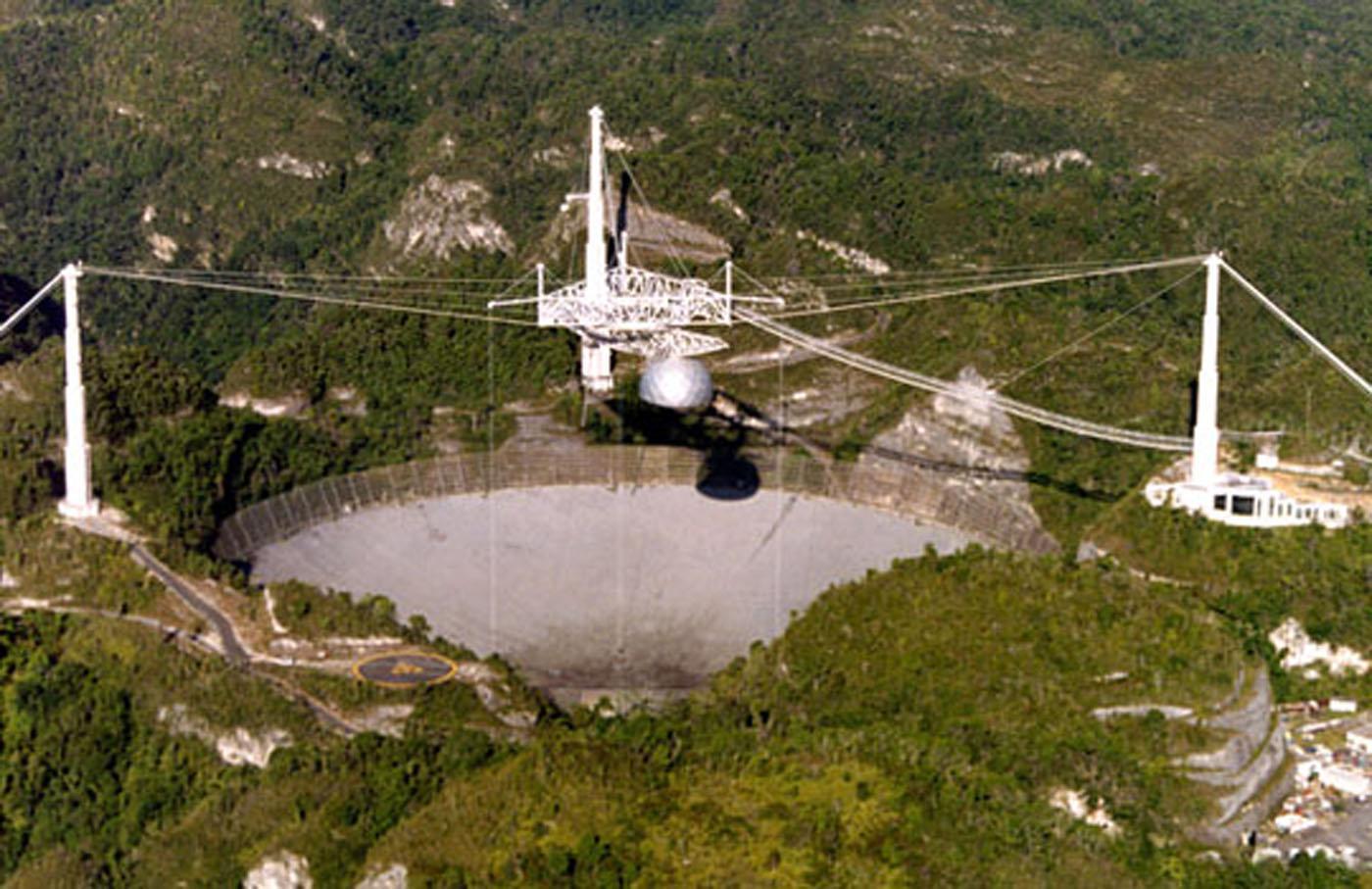
Project Phoenix was the world's most sensitive and comprehensive search for extraterrestrial intelligence that had been conducted up until approximately 2015. It was an effort to detect extraterrestrial civilizations by listening for radio signals that were either being deliberately beamed our way, or were inadvertently transmitted from another planet. Phoenix was the successor to the ambitious NASA SETI program that was cancelled by a budget-conscious Congress in 1993.
Phoenix began observations in February, 1995 using the Parkes 210 foot radio telescope in New South Wales, Australia (the link gives more detailed information). This is the largest, single-dish radio telescope in the southern hemisphere. Over a period of sixteen weeks, Phoenix observed about 200 stars that are not visible to northern hemisphere telescopes.
Following this campaign in the south, the project turned its attention to northern star systems. This phase brought SETI back to its roots at the National Radio Astronomy Observatory in Green Bank, West Virginia. The 140-foot telescope used for these observations is only a short distance from the antenna employed by Frank Drake for Project Ozma. Project Phoenix operated in Green Bank from September 1996 through April 1998. During that period, the 140-foot was the primary instrument at the observatory, and so was also used for other radio astronomy projects. Phoenix used the antenna about half of the time.
In August 1998 Project Phoenix moved to Arecibo. Due to the high demand for what was at that time the world’s largest single-dish radio telescope, Phoenix observed in two sessions per year. Each session was three to four weeks long. Observations were conducted primarily at night, from roughly 5:00 PM to 8:00 AM local time at Arecibo. This avoided increased radio interference during the day, and assured that our line of sight to each star was well away from the turbulence of the solar wind, which can also affect narrow-band signals. The project ended in 2004.
Unlike many previous searches, Phoenix didn't scan the whole sky. Rather, it scrutinized the vicinities of nearby, Sun-like stars. Such stars are judged to be the most likely to host long-lived planets capable of supporting life. We naturally include stars that are known to have planets. Project Phoenix observed roughly 800 star systems, all within about 200 light-years distance.
Because millions of radio channels were simultaneously monitored by Phoenix, most of the "listening" was done by computers. Nonetheless, astronomers were required to make critical decisions about signals that “survive” the critical scrutiny of automated checks. It should be noted that such intriguing signals seldom occur.
Phoenix looked for signals between 1,200 and 3,000 MHz. Signals that are at only one spot on the radio dial (narrow-band signals) are the "signature" of an intelligent transmission. The spectrum searched by Phoenix is broken into very narrow 1 Hz-wide channels, so nearly two billion channels were examined for each target star.
Project Phoenix was sustained entirely through private funding.
-Seth Shostak, updated: July 2021.
